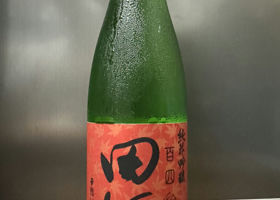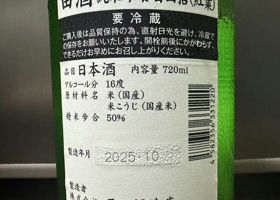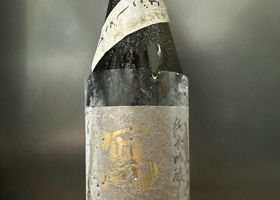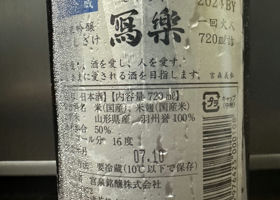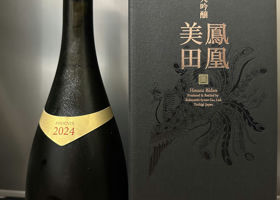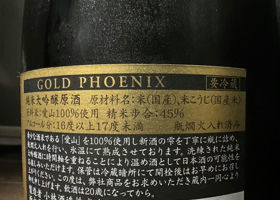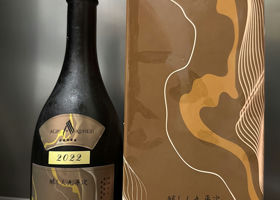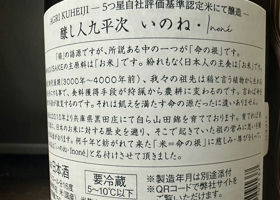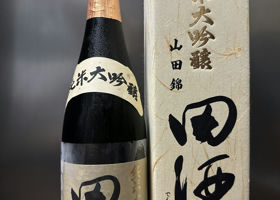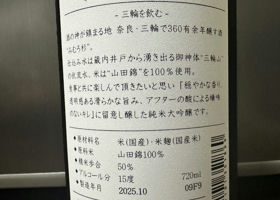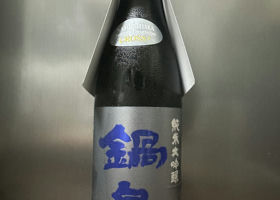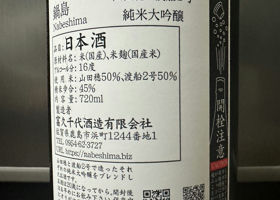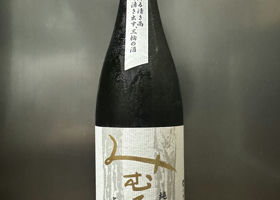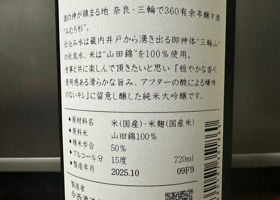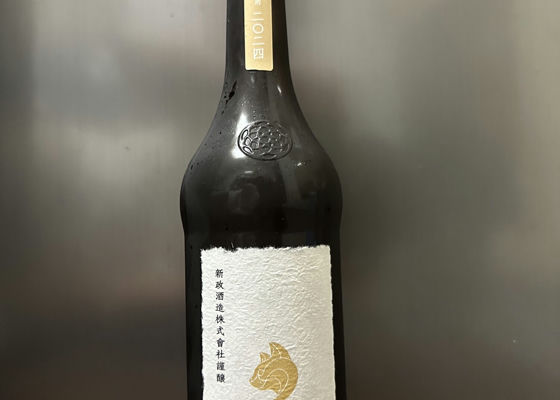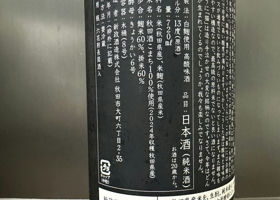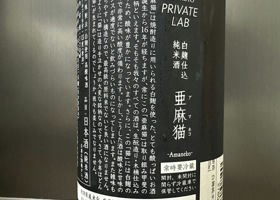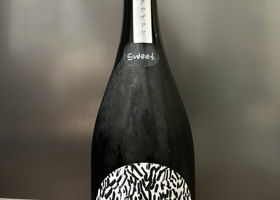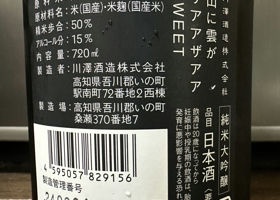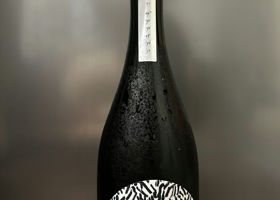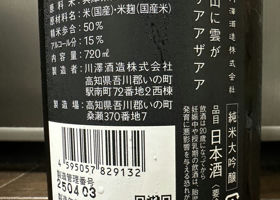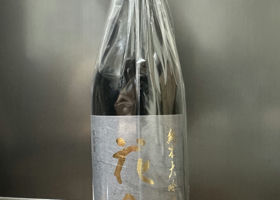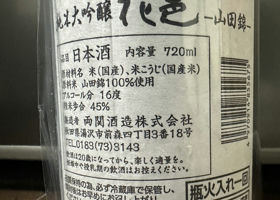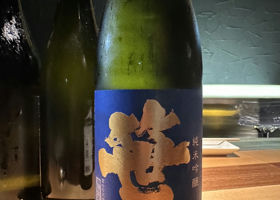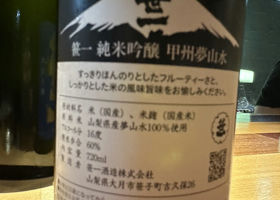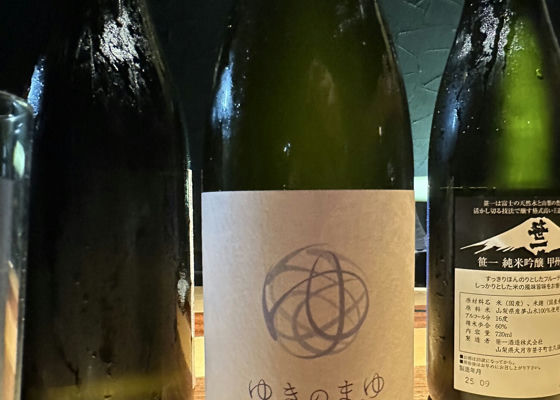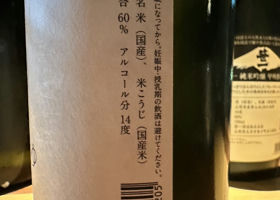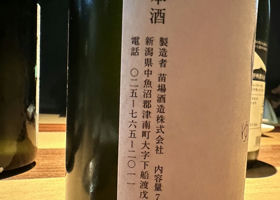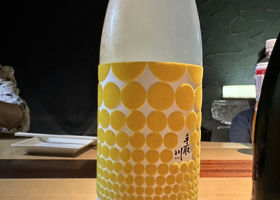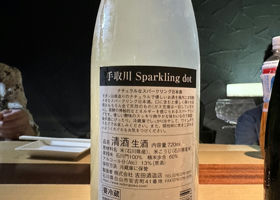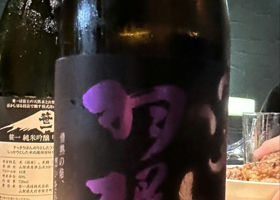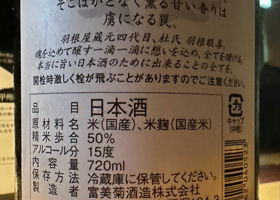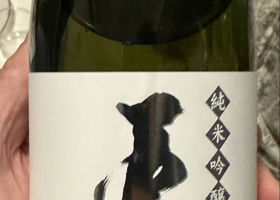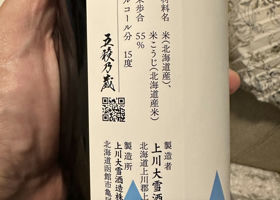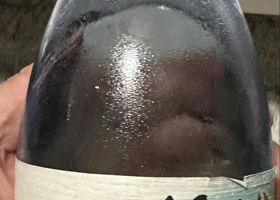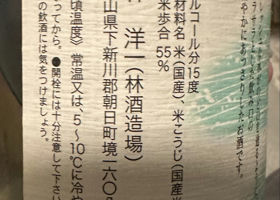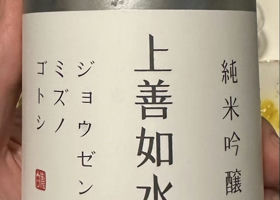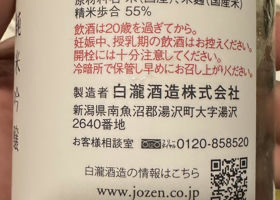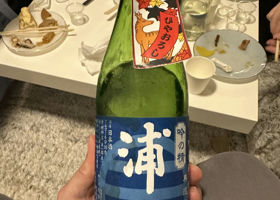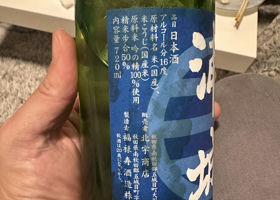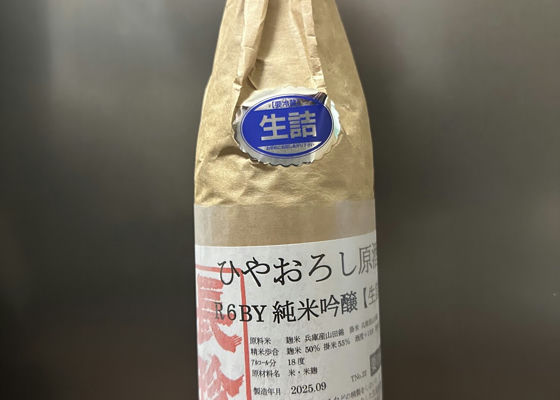
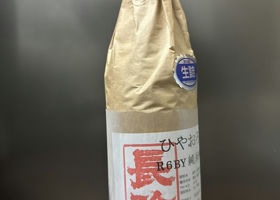
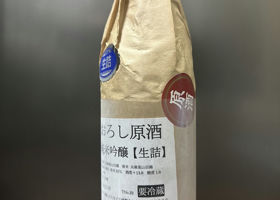
はるアキ
Chochin Shuzo's "Chochin Hiyi-oroshi Hiyi-oroshi Junmai Ginjo Nama-Zume-Genshu".
All of the small-quantity production junmai sake brewed by the brewery's toji in Tsushima City, Aichi Prefecture, using sake rice from famous regions throughout Japan and subsoil water from the Kiso River, are highly regarded and popular, and have enthusiastic fans throughout the country.
This is the autumn limited edition "Hiyoroshi" from the "Newspaper Series," which has many fans among Chochin Shuzo breweries.
The sake made in winter is sterilized by fire in spring to calm down the quality of sake, and is shipped after one summer in the brewery when the sake has become mellow and full of flavor. It has a refreshing flavor that is typical of Chochin, and although it may still taste slightly spicy when opened, the flavor gradually deepens and the astringency is softened.
It is interesting to mature it in the refrigerator for a few months, half a year, or even years.
We recommend drinking it cold, where its beauty and elegant sweetness and umami can easily be felt, at room temperature, or even very tepidly warmed, depending on the person.
Rice: Hyogo Yamadanishiki
Polishing ratio: Koji 50%, Kake 55
Yeast No. 9
Sake meter degree +9
Acidity 1.9
Alcohol: 18 degrees Celsius
Best drinking temperature: 8-13 degrees Celsius
Japanese>English
